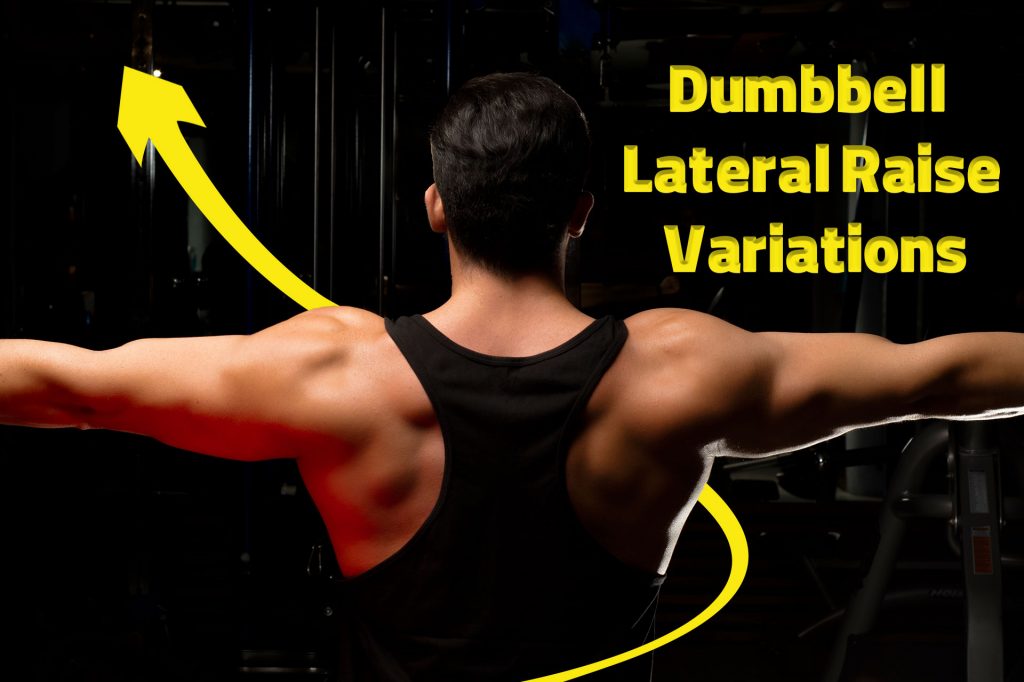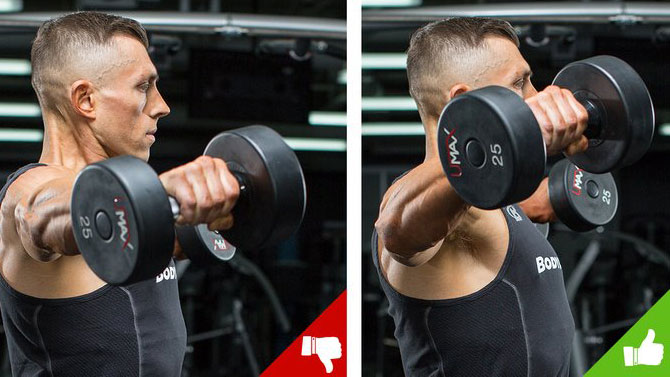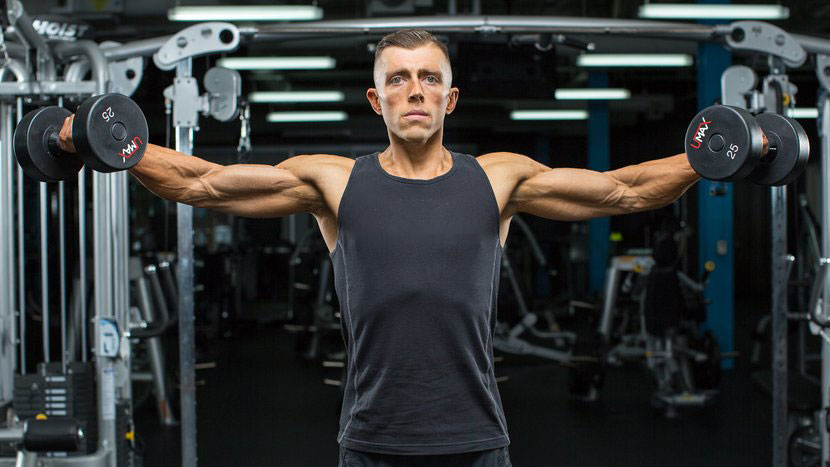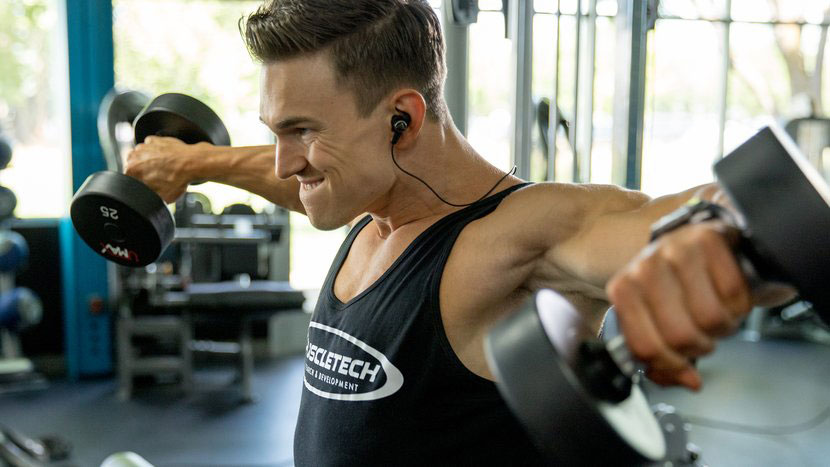
Dumbbell Lateral Raise Variations
When it comes to athletic body type, the first image that comes to mind is a body with wide, round shoulders. In fact, having round shoulders helps you look fit in any outfit, even if your other upper body muscles aren’t 100%.
Various workouts with and without weights are designed to train this muscle, but one of the most important of these workouts is the Lateral Dumbbell Raise, an exercise that helps you round this muscle by targeting the middle part of it.
The question that arises for you is whether it is possible to perform a specific movement such as lateral dumbbell raise in 3 different modes and in each of them the shoulder muscle is targeted differently from the other?
My answer to this question is very general. When it comes to free weights – dumbbells and barbells – it is possible to design infinite exercises that are different from each other, because in this type of exercise, due to the free weight, a little rotation in one of the involved joints is enough to achieve a new workout with a different goal – the combination of creativity and anatomical knowledge – This is the main reason why I am interested in free weight training.
Now that you are more familiar with the nature of free weight training, let’s move on to the different modes of lateral dumbbell raise.
LATERAL DUMBBELL RAISE, DUMBBELLS SLIGHTLY UP

In this case, by rotating the shoulder joint outwards – External Rotation – the dumbbell head is slightly raised. As a result of this rotation, along with the middle deltoid, the anterior deltoid or the front of the head is also involved.
LATERAL DUMBBELL RAISE, PARALLEL TO THE GROUND

In this case, without rotating the shoulder joint and keeping the dumbbells parallel to the ground line, the middle deltoid is located at the highest point and is the most involved in this exercise.
LATERAL DUMBBELL RAISE, SLIGHTY DOWN

In this case, by rotating the shoulder joint inwards – Internal Rotation – the head of the dumbbell goes down slightly, and as a result, this rotation is involved along with the middle deltoid, posterior deltoid or the back of the shoulder.
Conclusion: In all three cases, the medial and rounding part of the shoulder have the most involvement, by slightly changing the angle of the dumbbell you can involve other parts of the shoulder too, but it is important to note that because the anterior deltoid is a strong part of your shoulder because its involved in most of the exercises and the main weakness in most of the athletes I observed, including myself, is in the posterior part of the shoulder, so I suggest that if you have lateral dumbbell rasises in your plan, do the third mode more often.